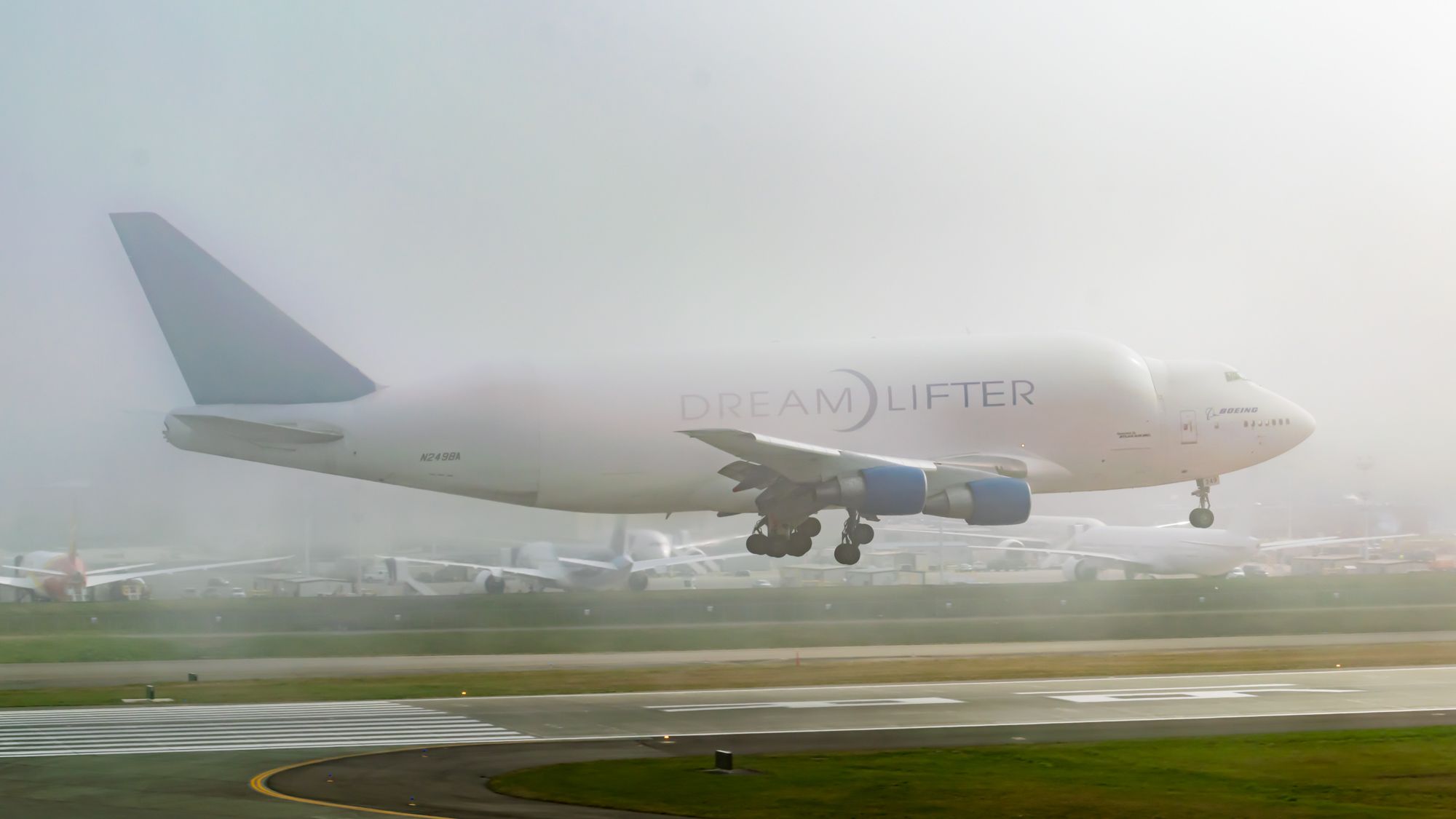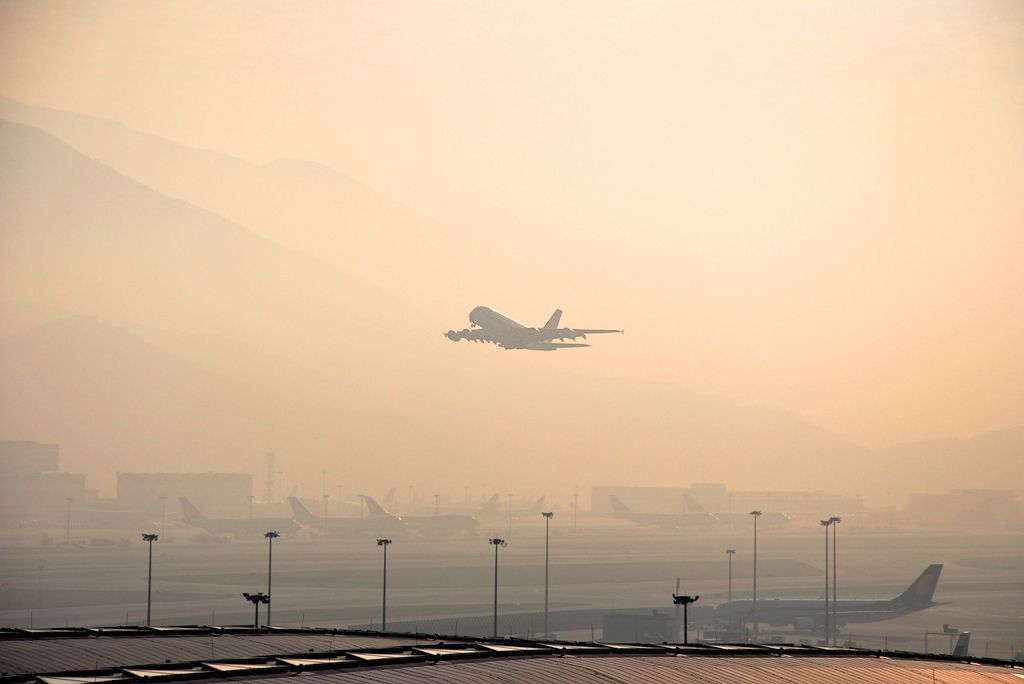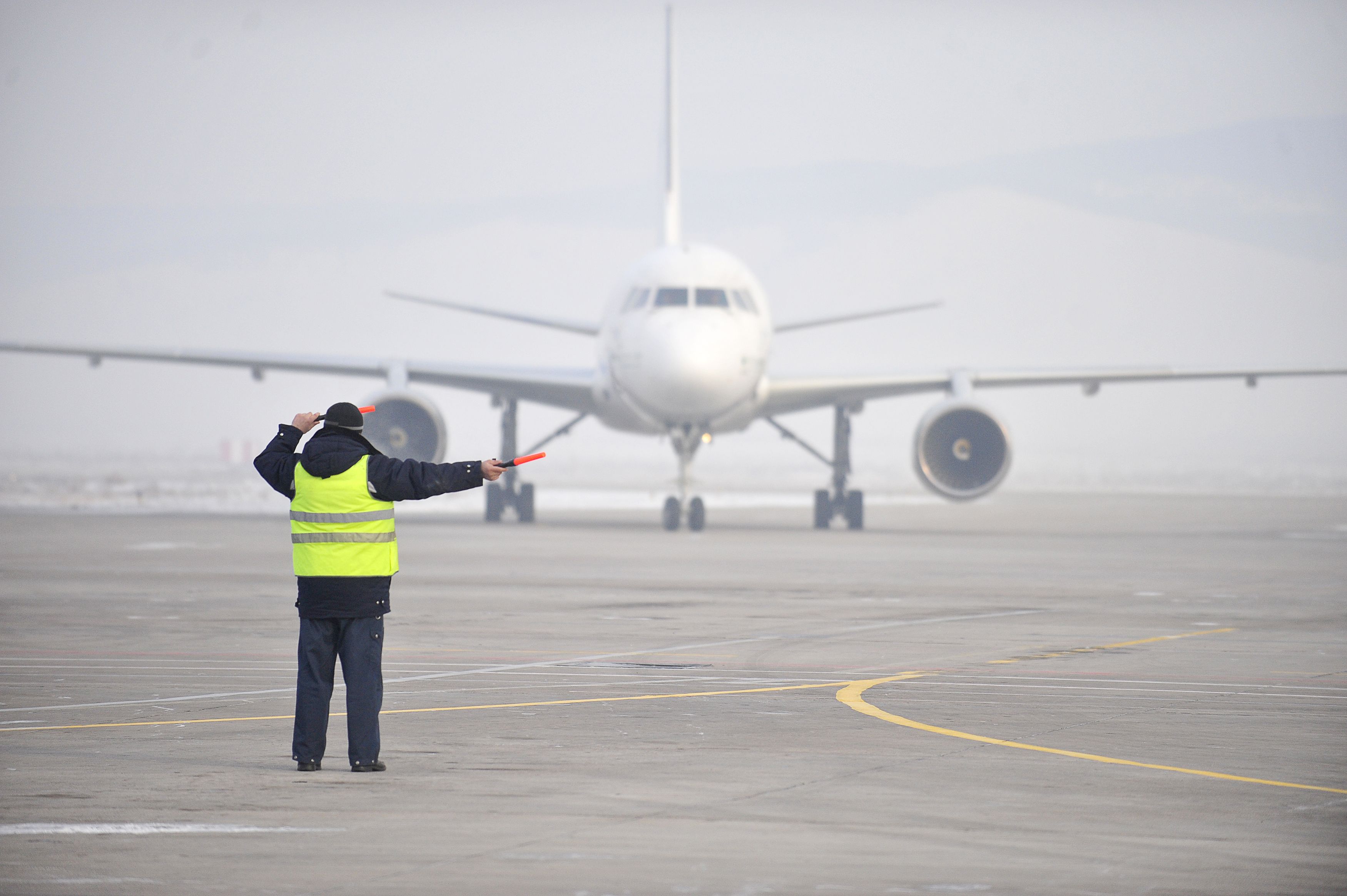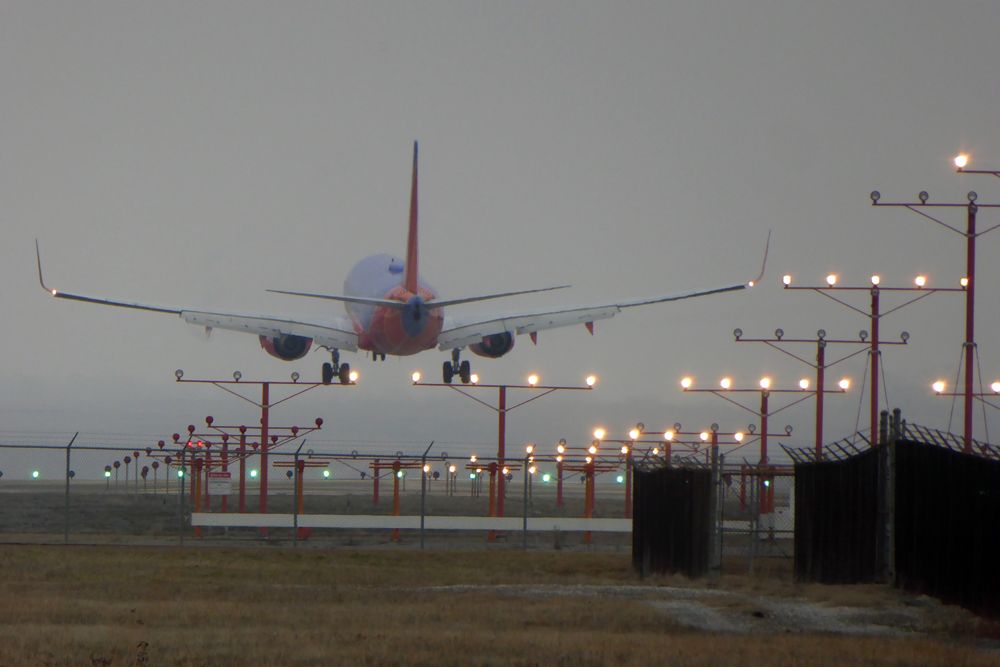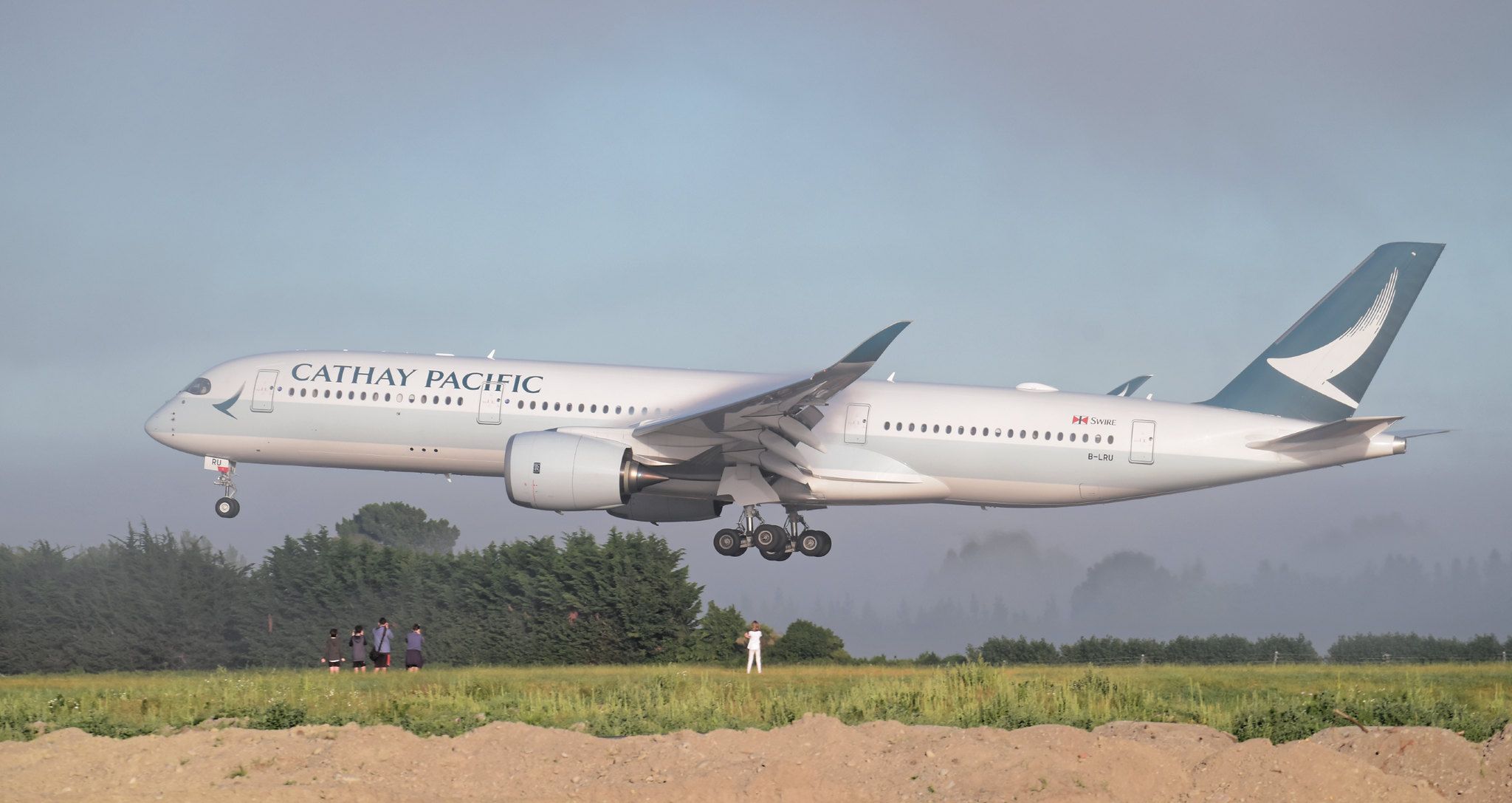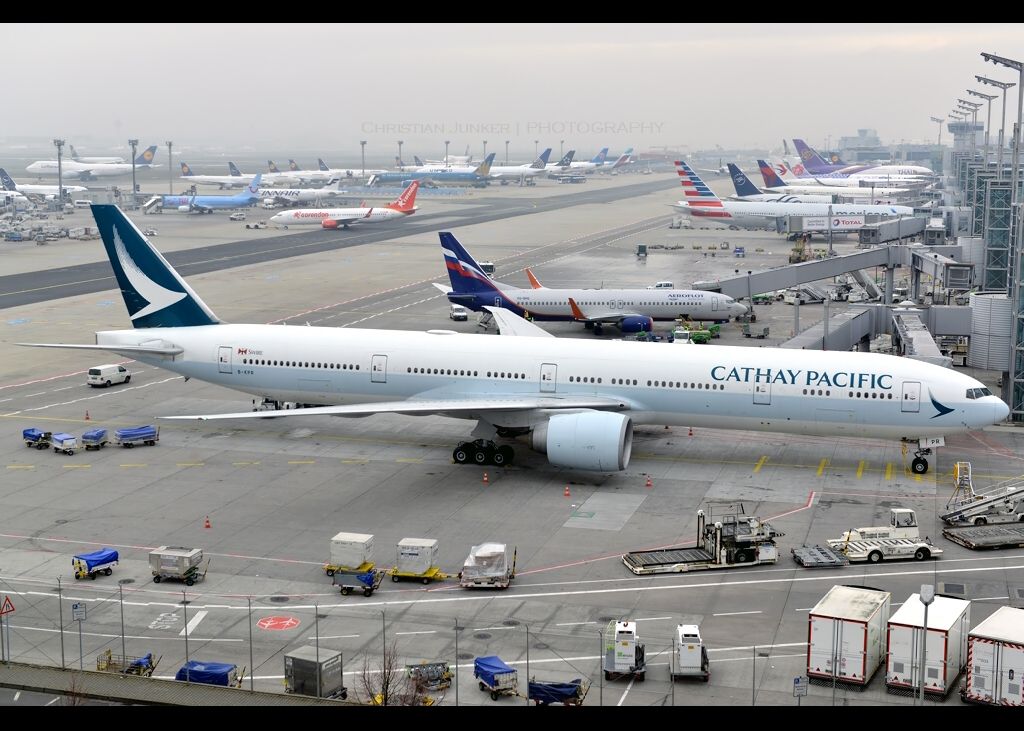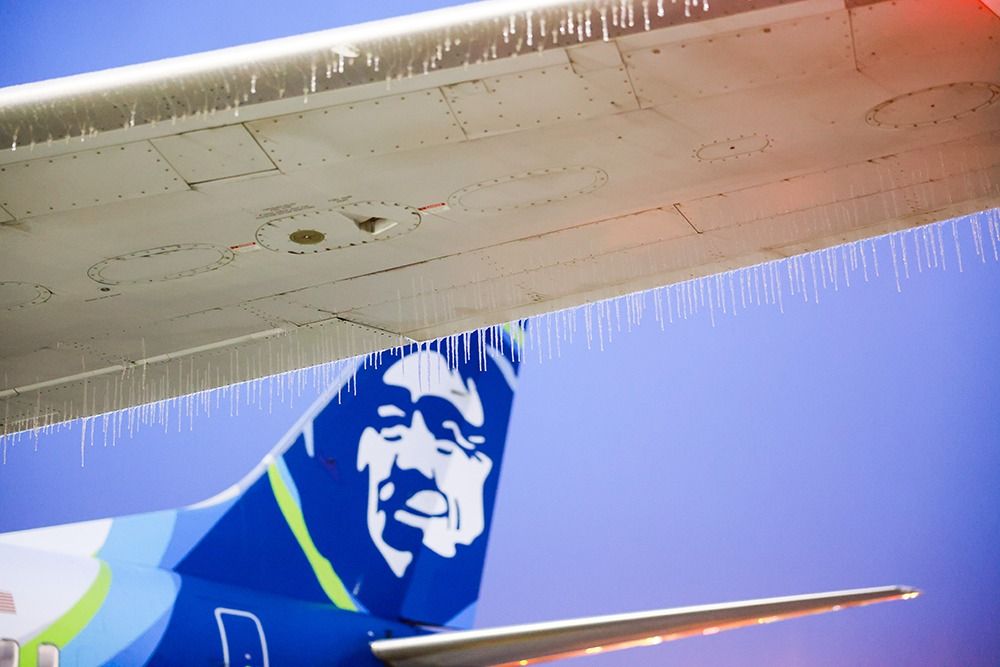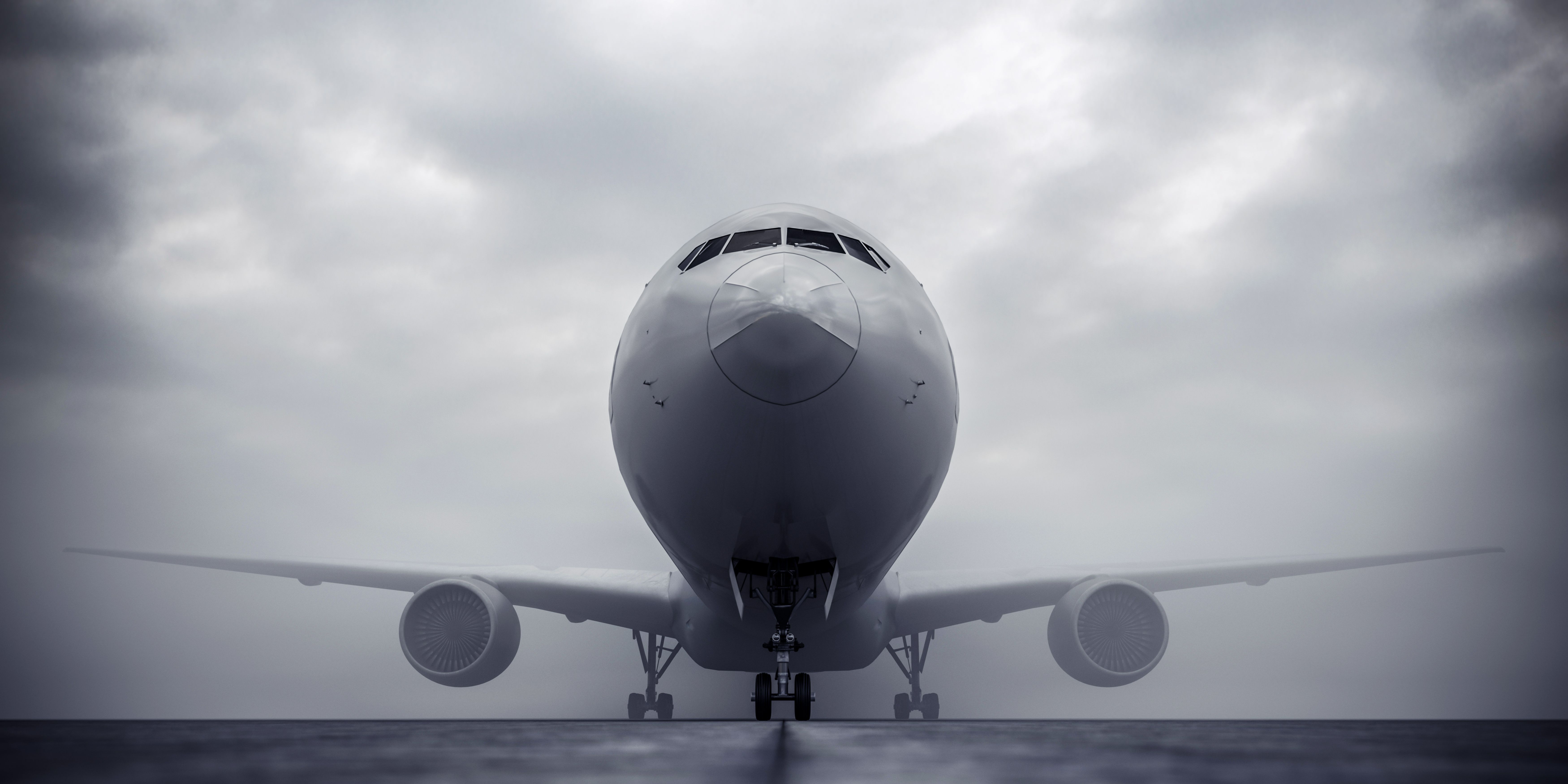Fog, or a cloud of water droplets suspended in the atmosphere at or near the Earth’s surface which reduces visibility, can become a true hinderance to aircraft operations. When it happens at the airport, it can cause disruptions and even cause cancellations to flight operations due to low visibility.
But first, what is fog?
According to the BBC Science Focus’ Holly Spanner,
Fog is made up of molecules of water vapour, suspended in the air as tiny droplets of water but lingering close to the surface. Essentially, fog is just cloud that touches Earth’s surface and it forms the same way that clouds do. High humidity is a major contributing factor to the formation of fog, and depending on the percentage (as well as temperature), fog can appear and disappear very suddenly.
Furthermore, according to Spanner, a sudden cooling of humid, warm air means that water vapor clumps together into clouds that reflect light. This is helped along by dust or other forms of air pollution. This fog creates a visibility problem for all – but for pilots it is more serious. Fog means poor visibility low to the ground, making it hard to visually judge location, altitude, and particularly a proper landing approach.
When does fog trigger instrument flight rules (IFR)?
According to the U.S. Weather Service, fog triggers different flight rules in different conditions. For example:
- Instrument Flight Rules (IFR) or Instrument Meteorological Conditions (IMC): Ceilings below 1,000 feet AGL and/or visibility less than 3 miles.
- Marginal Visual Flight Rules (MVFR): Ceilings, 1,000 to 3,000 feet AGL and/or visibility 3 to 5 miles.
- Visual Flight Rules (VFR) or Meteorological Conditions (VMC), MVFR is considered VMC: Ceilings: greater than 3,000 feet AGL and visibility greater than 5 miles
To be a commercial airline pilot in the United States, one is required to have an IFR rating, so fog does not mean that aircraft cannot fly. However, more spacing is required between airplanes, therefore takeoff and landing capacity can be impacted at airports, causing delays and potentially cancelations at the busiest hubs.
Role of Instrument Landing Systems
Aircraft do have instrument landing systems (ILS) that can safely guide an aircraft down from altitude through the clouds to a safe landing. Nonetheless, ILS has a minimum altitude, after which the pilot must be able to see the runway.
Read our guide to Instrument Landing Systems
This minimum altitude requirement for CAT I and CAT II ILS systems is 200 feet. But for airports equipped with CAT IIIA and CAT IIIB ILS systems, the altitude required to visually see the runway goes down to 100 feet or 50 feet, respectively. But not every airport is equipped with the CAT III systems, and special aircrew certification is required to use them.
How Cathay Pacific operates safely in fog
Cathay Pacific Captain James Toye, Line Operations Manager at Cathay Pacific and a Boeing 777 pilot, explains that the biggest element of flight that fog affects is… taxiing.
A lot of the ground control from the tower is visual – and it’s hard to direct aircraft taxiing around if you can’t see them. In low visibility it’s not just about leaving the runway quickly, it’s also about finding the turns on the taxiways. I’ve been in conditions where you can only see a few lights ahead of you, and these are spaced at 20-30 metre intervals. Looking for one reference point can be disorientating, and it has to be done slowly. We normally taxi at up to 30 knots (55 kilometres an hour), in low visibility that’s reduced to 10 knots or slower (20 kilometres an hour).
At the busiest airport, it is sometimes necessary to have a separate ramp tower because of the demands of ground communications with taxiing aircraft. In foggy conditions, ensuring safe operations on the ground certainly adds to the already stressful job of working in air traffic control.
Toye also explained that it’s Cathay Pacific policy to use the aircraft’s autopilot that links up to the airport’s ILS for a safe landing. There is still a decision height however for a pilot to make visual contact with the runway.
Is fog itself physically harmful?
Yes, when the fog is ice fog. Ice fog is when droplets form fog and the temperature is below freezing.
At that point, the fog itself becomes ice crystals which can freeze onto the airplane and disrupt the aircraft aerodynamics by adding drag and weight plus potentially damage engines. You can read the Simple Flying guide about icing to learn the fine details of how icing affects an airplane.
Also, when ice fog hits a parked airplane, the aircraft has to be deiced before flying – and some airports like Seattle-Tacoma International Airport have limited deicing capacity. The deicing takes additional time and risks delaying your flight, but again ice adds drag and weight to an airplane and an airplane flies on having sufficient amounts of lift and thrust to overcome.
What can be done to address fog?
Fog may be – and is – a natural phenomenon that humans can do little about. But there are means to addressing fog’s impacts on flight schedules.
As per above, Air India is currently starting to implement a program called FogCare. FogCare is basically a push notification app by Air India asking passengers to reschedule their flights to or from Delhi’s Indira Gandhi International Airport (IGI) if fog is predicted to delay or cancel their flights. Eventually Air India will expand this service beyond IGI.
Get all the latest aviation news right here on Simple Flying.
Other airlines, like Alaska Airlines, sometimes allow for flexible booking without penalty when fog adversely affects flights. Such was the case when Paine Field was encircled by fog in January 2022.
Finally, with all the automation in cockpits and head’s up displays, as pictured above, projecting that information to two trained pilots in the cockpit, flying through fog is increasingly safer.
How does fog impact your aviation experience? Feel free to please share in the comments.
Sources: BBC Science Focus, Cathay Pacific Blog, National Geographic

